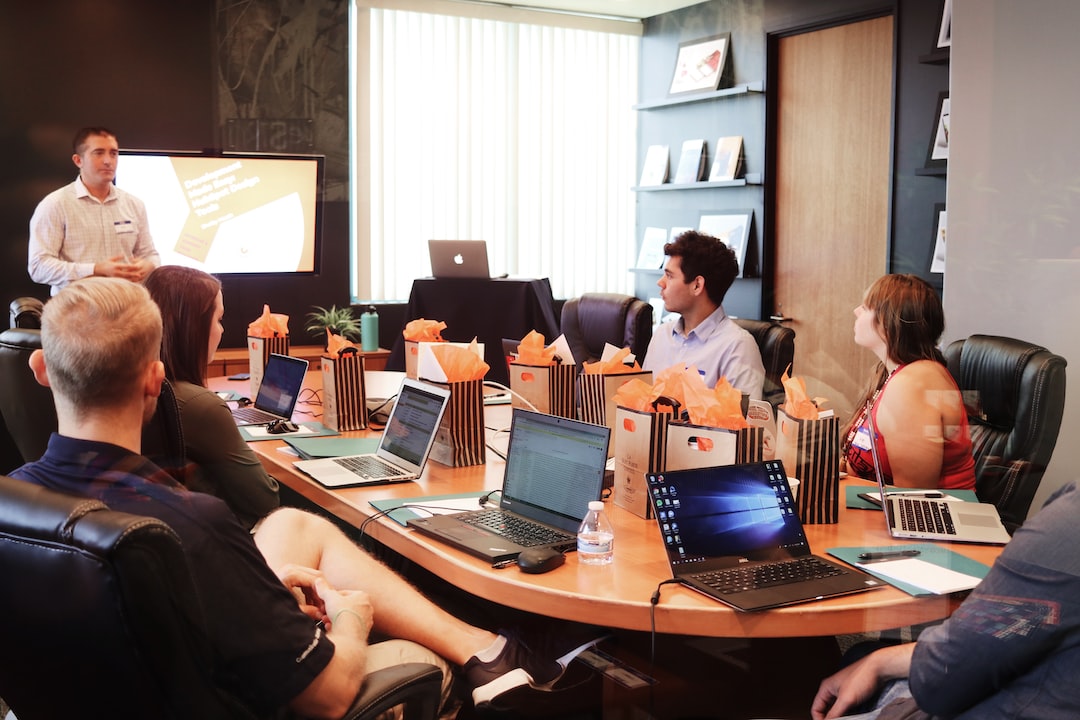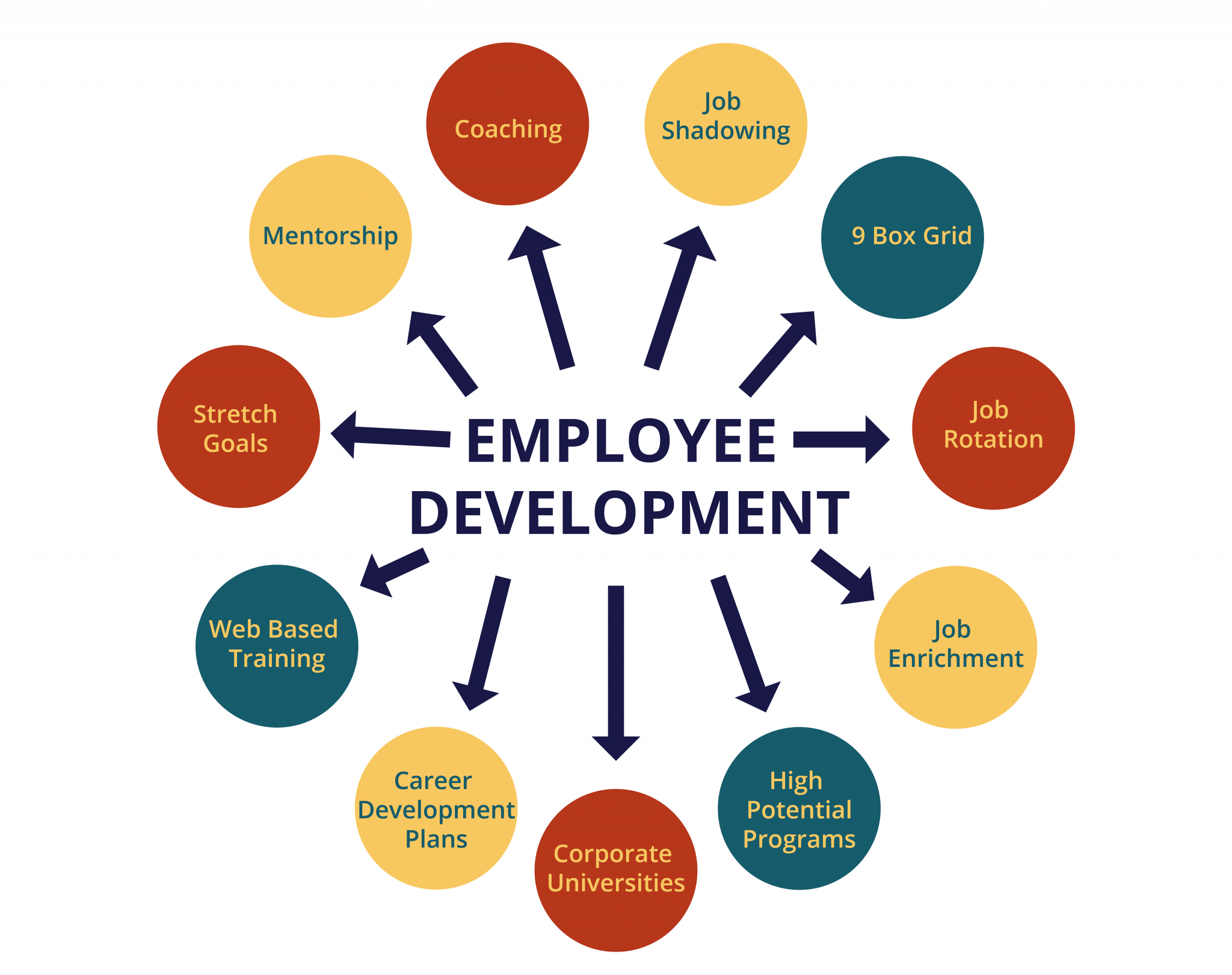
Articles
How Are Employee Development Practices Strategic?

How are employee development practices strategic for small-to-medium-sized businesses? Developing your employees are important to remain competitive in today's ever-changing market. With the right strategies, businesses can ensure their employees have a successful onboarding experience that sets them up for success from day one.
Offboarding and training processes should also be carefully considered when creating an effective employee development strategy. And let's not forget about performance management. In this blog post, we will answer: how are employee development practices strategic?
How Are Employee Development Practices Strategic?
Employee development practices are the methods and techniques used to help employees grow and develop their skills, knowledge, and abilities. These practices can include training programs, mentoring opportunities, performance evaluations, feedback sessions, job rotation assignments, and more. But how are employee development practices strategic?
When implemented strategically in an organization’s culture of learning and growth, employee development practices can have a positive impact on long-term success.
Why Are Employee Development Practices Important?
Employee development is important for several reasons. First of all, it helps build trust between employers and employees by showing that the company cares about its people's professional growth.
It also increases engagement levels as employees feel valued when they receive support from their employer to improve their skillset or gain new ones.
Finally, it contributes to higher retention rates as staff members who feel supported in developing themselves professionally tend to stay with the same organization longer than those who don't get such support.
How Can Employee Development Practices Contribute To Long-Term Success?
When done right, employee development practices can contribute significantly to an organization's long-term success by creating a team of highly skilled professionals capable of taking on any challenge that comes their way. In addition to this, they stay motivated throughout the process.
These initiatives foster collaboration among team members which leads to increased productivity due to better communication within teams. They also have improved problem-solving capabilities thanks to diverse perspectives being brought together during brainstorming sessions or other collaborative activities.
The bottom line is that investing in your employees' professional growth pays off in terms of both short-term gains (increased engagement and retention) but also long-term benefits (higher quality output & greater innovation).
Investing time into developing your workforce now will reap rewards down the road so make sure you take advantage of every opportunity available for doing so.

Onboarding Practices
Onboarding practices are essential for small-to-medium-sized businesses. To ensure effective onboarding, it is important to establish a shared understanding of expectations and goals. This includes setting goals and objectives, outlining roles and responsibilities, defining processes and policies, as well as any other pertinent information needed to be successful in their role.
Making a great first impression is essential when onboarding new employees. To ensure they feel welcomed and part of the company culture, it's important to introduce them to their team members, provide an office or facility tour (if applicable), explain organizational values and mission statement, as well as outline any benefits packages available for eligible staff. Crafting an engaging introduction will help build relationships that go beyond just work — providing your recruits with the foundation for success.
Onboarding practices are essential for any business, as they provide the framework for a successful transition and set clear expectations from the start. Offboarding processes should be just as comprehensive to ensure an effective departure process that is compliant with all regulations and policies.
Employee Development: Coaching
How are employee development practices strategic? For long-term success, coaching should be part of your employee development methods.
Coaching is an essential part of employee development. It provides employees with the opportunity to grow and develop their skills, while also allowing employers to ensure that their staff is performing at the highest level possible. By providing coaching, employers can help create a culture of learning and growth within their organization.
The Benefits of Coaching
Coaching has many benefits for both employees and employers alike. For employees, it allows them to gain new knowledge and skills which can be applied in the workplace.
This can lead to increased job satisfaction as well as improved performance levels. Additionally, coaching gives employees a sense of ownership over their development, which can increase motivation levels and productivity overall.
For employers, coaching helps foster better relationships between managers and staff members by providing clear expectations for performance goals as well as feedback on how those goals are being met or not met.
Best Practices for Coaching
Set Clear Goals
When implementing a coaching program it’s important to set clear goals from the outset so that everyone involved knows what they should be working towards.
These goals should be specific enough so that progress towards them can easily be measured but also flexible enough so that adjustments may need to be made if necessary along the way.
Additionally, these goals should take into account both short-term objectives such as completing certain tasks or projects promptly but also long-term objectives such as developing certain skill sets or increasing efficiency levels over time too.
Establish Open Communication Channels
Open communication channels between coaches and coachees are key when it comes to successful coaching programs. This will allow any issues or concerns related to meeting set objectives to surface quickly before they become major problems down the line further down the road.
To facilitate open communication channels coaches should make sure they have regular check-ins with coachees throughout each session. Questions about progress towards meeting set objectives can be asked freely without fear of judgment or criticism from either side involved. This will allow all parties to get on the same page about how things are going during each session.
Provide Feedback and Support
Finally, one last best practice when it comes to successful coaching programs is making sure feedback is provided regularly throughout each session.
This could include anything from positive reinforcement when something goes right, constructive criticism when something doesn't go according to plan, or even just general advice on how to improve upon current methods used to accomplish the task at hand.
Providing this type of support ensures coachees feel supported every step way through the process. This helps build trust and relationships between the two parties involved ultimately leading to more productive sessions overall.
It is essential to ensure that all personnel is cognizant of the available opportunities, enabling them to benefit from them when necessary. This could involve holding regular meetings with staff members where progress is discussed in addition to any new initiatives being integrated into the organization's employee development program.
Developing an Employee Development Program
How are employee development practices strategic? There are long-term effects when employee development is formalized into a program.
Businesses need to have a comprehensive employee development program in place. A well-structured program can help ensure that employees are adequately trained and equipped with the skills they need to be successful in their roles.
It also provides an opportunity for employees to grow and develop professionally, which can lead to increased job satisfaction and productivity.
What Is Inside an Employee Development Strategy?
An effective employee development plan should include a variety of activities designed to enhance knowledge, skills, and abilities. These may include on-the-job training, mentoring programs, educational courses or seminars, workshops, or conferences related to specific topics relevant to the organization’s goals and objectives.
Additionally, it should provide opportunities for career growth through promotions or lateral moves within the company structure as well as access to external resources such as industry publications or professional organizations.
How to Implement a Robust Employee Development Program
Implementing an employee development program requires careful planning and execution.
First, you must identify your organization’s needs by assessing current skill levels among staff members and determining what areas require improvement or additional training.
Once these needs have been identified, you can create a plan outlining how best those needs will be met through various activities such as on-the-job training sessions or educational seminars, workshops, and others. While doing this, you must keep budget constraints in mind where necessary.
Finally, you must ensure that all staff members are aware of the available opportunities so they can take advantage of them when needed. This could involve holding regular meetings with staff members where progress is discussed along with any new initiatives being implemented within the organization's employee development program.
Conclusion
How are employee development practices strategic? By taking the time to develop an effective onboarding process, a coaching plan, and an employee development strategy, you can ensure that your employees are set up for success from day one.
With Trainual’s customizable templates and library of content examples, you can save time while providing consistent experiences across your team. Sign up today to get started on building an effective employee handbook now!
Similar Blog Posts







